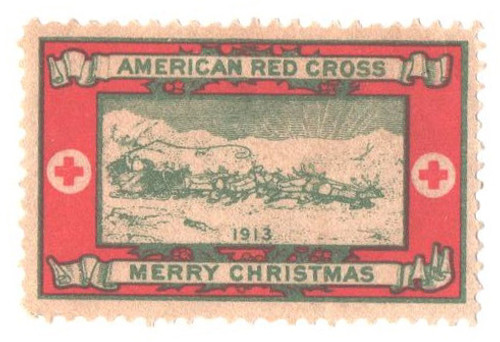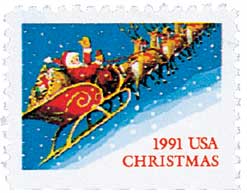
# WX13 - 1913 American Red Cross Christmas Seal - Type III, perf 12
In 1907, social worker Emily Bissell advocated selling seals to raise money to fight tuberculosis, a leading cause of death in the early 20th century. Because Christmas is a season of giving, the decision was made to make the holiday season the focus of the charitable campaign. Now 101 years old, this 1913 Christmas Seal was lithographed by the American Bank Note Company. Neat way to document the era.
NORAD Tracks Santa
Prior to this, on December 24, 1948, the US Air Force released a statement that an “early warning radar net to the north†was tracking “one unidentified sleigh, powered by eight reindeer, at 14,000 feet, heading 180 degrees.â€Â The report was shared with the public, marking the first time the US Armed Forces made a public statement about tracking Santa Claus on Christmas Eve. No additional reports were released for several years.
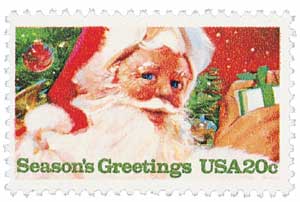
Then in 1955, a legend began. That year, the Sears department store in Colorado Springs had placed an ad in the local newspaper. It gave a number for children to call to talk to Santa. One digit of the phone number was incorrect, and the calls actually went to the Colorado Springs’ Continental Air Defense Command (CONAD). The popular story claims that on December 24, 1955,  a number of children called CONAD on the “red telephone†that connected them to the Strategic Air Command. Colonel Harry Shoup and his staff were said to have given all the children Santa’s current location.

The legend has been exaggerated over the years, but has some truth to it. It appears one child did call, though they had misdialed the number, and their call came on November 30. However, after one of the staff members at CONAD placed a picture of Santa on the board they used to track unidentified aircraft, Shoup saw an opportunity. He released a statement that read, “CONAD, Army, Navy, and Marine Air Forces will continue to track and guard Santa and his sleigh on his trip to and from the US against possible attack from those who do not believe in Christmas.â€
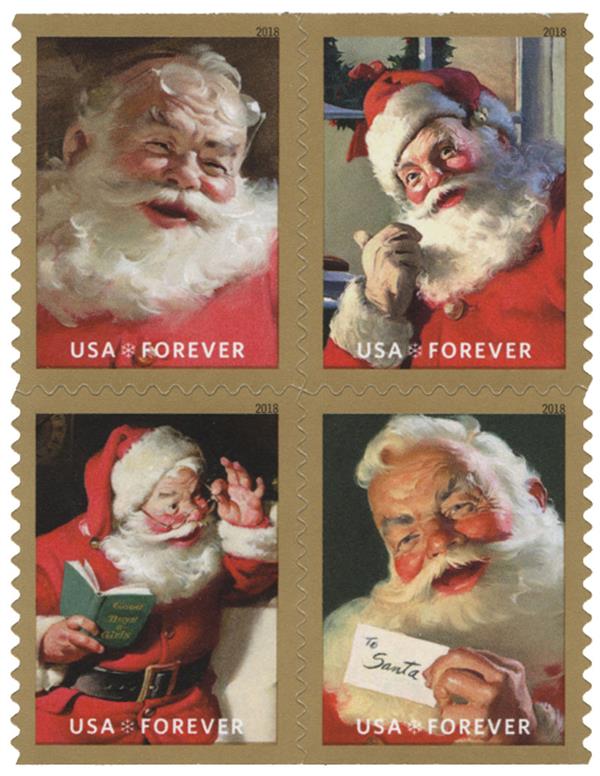
CONAD initially didn’t plan to repeat the event the following year. When they heard that news organizations were waiting for their report, however, they decided to make it an annual tradition. The North America Air Defense Command (NORAD) took over for CONAD in 1958. Over the years, NORAD made these reports more elaborate and exciting. For instance, in 1960, they reported that a sleigh operated by S. Claus had made an emergency landing on the Hudson Bay. The Royal Canadian Air Force sent in planes to investigate and they found Santa bandaging a reindeer’s leg. They then escorted him along part of his journey.Â
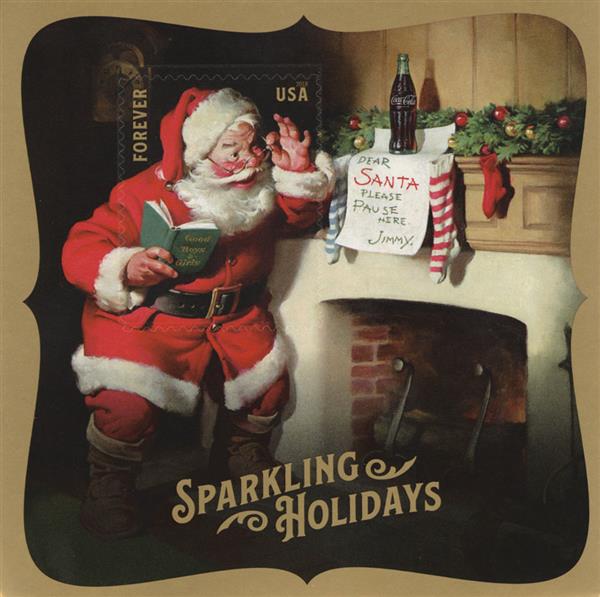
NORAD also later provided a hotline number for people to call to get real-time updates on Santa’s location. Volunteers help handle these calls – taking about 40 calls per hour each. They usually get about 12,000 emails and over 100,000 phone calls from over 200 countries and territories. NORAD created a website in 1997 that allows visitors to track Santa there as well through maps and videos. Then in 2011, phone applications (apps) were developed that offer updates and games.Â
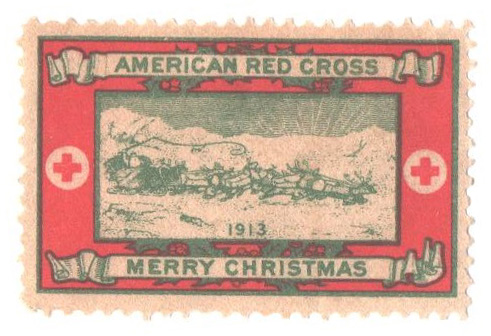
Click here to visit the NORAD Tracks Santa website.Â
Â
In 1907, social worker Emily Bissell advocated selling seals to raise money to fight tuberculosis, a leading cause of death in the early 20th century. Because Christmas is a season of giving, the decision was made to make the holiday season the focus of the charitable campaign. Now 101 years old, this 1913 Christmas Seal was lithographed by the American Bank Note Company. Neat way to document the era.
NORAD Tracks Santa
Prior to this, on December 24, 1948, the US Air Force released a statement that an “early warning radar net to the north†was tracking “one unidentified sleigh, powered by eight reindeer, at 14,000 feet, heading 180 degrees.â€Â The report was shared with the public, marking the first time the US Armed Forces made a public statement about tracking Santa Claus on Christmas Eve. No additional reports were released for several years.

Then in 1955, a legend began. That year, the Sears department store in Colorado Springs had placed an ad in the local newspaper. It gave a number for children to call to talk to Santa. One digit of the phone number was incorrect, and the calls actually went to the Colorado Springs’ Continental Air Defense Command (CONAD). The popular story claims that on December 24, 1955,  a number of children called CONAD on the “red telephone†that connected them to the Strategic Air Command. Colonel Harry Shoup and his staff were said to have given all the children Santa’s current location.

The legend has been exaggerated over the years, but has some truth to it. It appears one child did call, though they had misdialed the number, and their call came on November 30. However, after one of the staff members at CONAD placed a picture of Santa on the board they used to track unidentified aircraft, Shoup saw an opportunity. He released a statement that read, “CONAD, Army, Navy, and Marine Air Forces will continue to track and guard Santa and his sleigh on his trip to and from the US against possible attack from those who do not believe in Christmas.â€

CONAD initially didn’t plan to repeat the event the following year. When they heard that news organizations were waiting for their report, however, they decided to make it an annual tradition. The North America Air Defense Command (NORAD) took over for CONAD in 1958. Over the years, NORAD made these reports more elaborate and exciting. For instance, in 1960, they reported that a sleigh operated by S. Claus had made an emergency landing on the Hudson Bay. The Royal Canadian Air Force sent in planes to investigate and they found Santa bandaging a reindeer’s leg. They then escorted him along part of his journey.Â

NORAD also later provided a hotline number for people to call to get real-time updates on Santa’s location. Volunteers help handle these calls – taking about 40 calls per hour each. They usually get about 12,000 emails and over 100,000 phone calls from over 200 countries and territories. NORAD created a website in 1997 that allows visitors to track Santa there as well through maps and videos. Then in 2011, phone applications (apps) were developed that offer updates and games.Â

Click here to visit the NORAD Tracks Santa website.Â
Â

